Laura Grisi
The Measuring of Time
Muzeum Susch
June 5th – December 2021
Muzeum Susch presents the first major museum retrospective exhibition of the Italian artist Laura Grisi (1939–2017) since 1976, organized in collaboration with Laura Grisi Archive in Rome and curated by Marco Scotini.
The exhibition, The Measuring of Time, conceived for Muzeum Susch, is the first, wide-reaching retrospective dedicated to the late Italian artist, Laura Grisi (1939 – 2017). Including but not limited to the display of seminal works from the 1960s through the 1980s alongside contextual documents that were fundamental to the artist’s research and travels, the exhibition will reconstruct several of Grisi’s large-scale, immersive environments dedicated to natural phenomena (such as fog, rain, wind) that have not been on view since the 1960s and 1970s when they were first presented by the artist.
Occupying a distinct position that is difficult to pinpoint within any single artistic trend of the 1960s and 70s, Laura Grisi’s oeuvre now appears as one of the most original and personal cases of conceptual art and diagrammatic thought (both sensory and mental), in which reasoning is shown through icons and by means of visual representations.
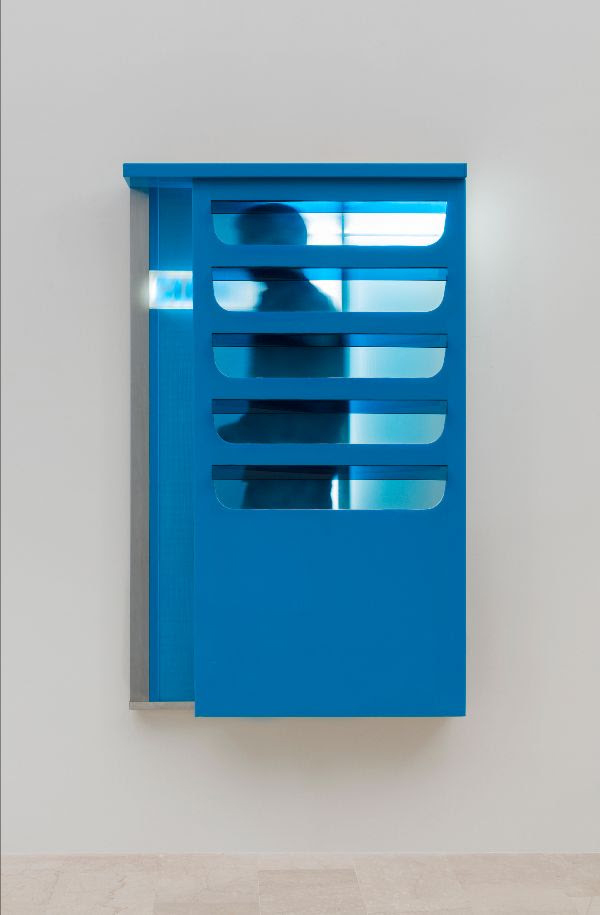
In her diverse practice which could be subsumed as revolving around the topic of the “journey”, both with respect to remote locations she visited and the variability of media used, Grisi embodies the sort of stateless and nomadic female subject who defies the politics of identity, the notion of unambiguous representation as well as the unidirectionality of passing time.
The title of the show, The Measuring of Time, derives from Grisi’s 16 mm film depicting the solitary artist on a sandy beach, engaged in a Sisyphean task that apparently has no end, beyond time.
Born in Rhodes, Greece, in 1939, educated in Paris and living between Rome and New York, Laura Grisi spent long periods of her life in Africa, South America and Polynesia. This involvement with cultures beyond those of the Western world left an indelible mark on her own practice increasingly focused on the search for a cosmic thought or the “science of the concrete”, as Levi-Strauss would have it.
In the same way, despite choosing photography as the primary method of her research, she subsequently moved to “variable painting” with sliding panels and neon tubes, followed by dynamic, environmental installations in which she artificially reproduced natural phenomena, in order to ultimately arrive at a descriptive, verbal form and mathematical language as a conceptual tool, which she employed to explore the mechanisms of human perception and knowledge.
Laura Grisi’s body of work is a titanic effort to account for the breadth, the multiplicity, the imperceptible nature, as well as the infinite proliferation, of all things possible, the starting point for which are the precise constraints, paradoxical gaps, linguistic and semiotic limitations, in accordance with an approach that is close to the Nouveau Roman, the Nouvelle Vague cinema, and the French Oulipo group.
The exhibition opens with Whirlpool Room (1969), as a key to access the cosmology that informs Grisi’s work.
This 16mm film video projection covers the entire surface of the room and reproduces a circular vortex into which the public is invited to enter. Once at the center of this virtual atmospheric condition, the spectator ceases to perceive themselves outside the phenomenon.
Not just contrasting the spatial limits of the exhibition room with the unlimited transformation of natural phenomena, the fundamental aspect of the work lies in making us face a basic dilemma: that thought, in itself, is movement, the inexhaustible quality of a nomadic subject.
Brought together for the first time in many years, in its main gallery room Muzeum Susch presents two large pictorial compositions entitled Omaggio a Constable and Omaggio a Gainsborough, first presented by Grisi in 1966 at the XXXIII Venice Biennale as a “variable”, mobile, multi-material diptych which the spectator could change by means of sliding wings. Opposing the halting of time proposed by the photographic shot and the static nature of painting, in these “variable” works Grisi presented a temporalization of the image through the montage of an indefinite number of predetermined and superimposable frames.
Grisi pioneered the use of cold, industrial and unconventional materials such as aluminum, steel, plexiglass and, in particular, neon, into her paintings of this period.
By adding superimposing layers of different materials to the sliding panels – plexiglass outlines with different textures, enameled aluminum panels and artificial lights – the two-dimensional nature of painting was transformed into a three-dimensional, plastic relief, projecting from the wall into space.
This is seen in works like Subway (1967) and East Village (1967) and Grisi’s Pitture di Neon cycle, first presented at the Boston ICA and the Jewish Museum of New York in the Young Italians exhibition (1968) by Alan R. Solomon where she was the only woman to appear within an entirely male cohort of artists, including Enrico Castellani, Jannis Kounellis, Michelangelo Pistoletto, Francesco Lo Savio and Pino Pascali.
Grisi’s immersive environments from this period, such as Un’Area di Nebbia (A Space of Fog), Vento di S.E (Wind Room) and Volume di aria (Volume of Air), were a further attempt to radically discard any kind of representation, grappling with the intangibility and immateriality of atmospheric phenomena.
These environments are reconstructed within the galleries of Muzeum Susch, befitting the very nature of the museum’s surrounding Alpine scenery.
The tension between the macro and micro scale, between data and the potentiality (the system and contingency, the universal and particular, the past and the future) is enacted in Grisi’s work with radical politics of attention: to the minimal, the marginal, to zero degrees, with four pebbles, the sound of water dripping, the color of mango leaves, the direction of the wind, the perceptive passage between sensations, the sounds made by the movement of ants on the ground.
Such extreme attention is always the subject of a solitary anthropological ritual whose cultural coordinates elude us: counting grains of sand, measuring the strength of the wind, distilling sensory perceptions, re-photographing photographs, permuting things and objects, listening to the inaudible – as if the immeasurable was always the ultimate data of an unflagging measuring process, as if signs and languages would be an initial limit of the possible. “Her work – as Lucy Lippard wrote in 1979 – balances between choices and lack of choices. She chooses the usually permutational system and then takes what it gives her”.
The exhibition will be accompanied by a publication on Laura Grisi by jrp|editions, developed in collaboration between jrp|editions, Muzeum Susch, and P420 Gallery.
Muzeum Susch
A new kind of “laboratory”, Muzeum Susch opened in January 2019, founded and created by Grażyna Kulczyk, the Polish entrepreneur and long-term supporter of contemporary art whose past flagship ventures have nurtured novel platforms for dialogues in the arts and beyond.
The museum is housed in an extraordinary campus located on the site of a 12th-century former monastery and brewery in Susch, a remote town on the ancient pilgrim route to Santiago de Compostela in the Engadin valley of the Swiss Alps. The multi-faceted project comprises over 1,500 m2 of gallery spaces which show both site-specific permanent artworks and a regular programme of curated, temporary exhibitions.
- Muzeum Susch
Surpunt 78
CH-7542 Susch
Switzerland
T. +41 (0)81 861 03 03
E. info@muzeumsusch.ch
http://www.muzeumsusch.ch/
Grażyna Kulczyk
Grażyna Kulczyk is an entrepreneur and art collector, whose endeavours have made her Poland’s most successful businesswoman.
“I am proud that after a string of successful exhibitions since the launch of Muzeum Susch we are now making another rediscovery. Laura Grisi was one of the most extraordinary artists of her time. We will present her compelling practice in all its diversity”.
Marco Scotini
Marco Scotini is an Italian curator, writer and art critic based in Milan.
“Following the exhibitions that I have dedicated to the rediscovery of the Italian art scene of the 1970s and the coeval feminist scene, all of which were deliberately trying to look beyond the hegemony of Arte Povera, the artistic program promoted by Susch Muszum and Grazyna Kulczyk will become yet another opportunity to fill an important historical gap. Rereading Laura Grisi’s work today does not only mean discovering a great artist from that same scene, but also finding keys to access contemporary issues such as gender, ecology and interculturality”.
Krzysztof Kosciuczuk
Krzysztof Kosciuczuk is Artistic Director of Muzeum Susch.
“Owing to the new reading stemming from the collaboration with Marco Scotini this exhibition seeks to critically reframe the rich practice of Grisi, whose body of work spanned various genres and media, as well as to highlight the topicality of the issues she explored”.
La cultura della contemporaneità nelle sue molteplici declinazioni




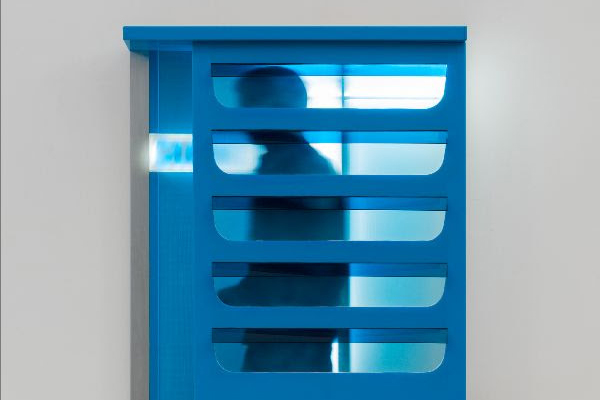
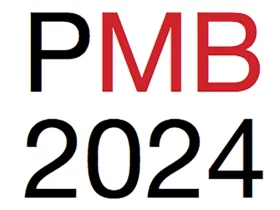
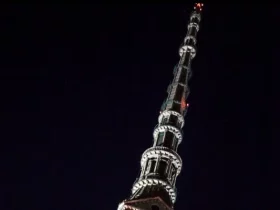
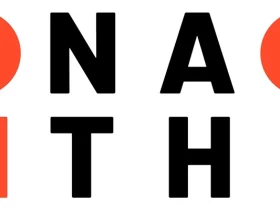
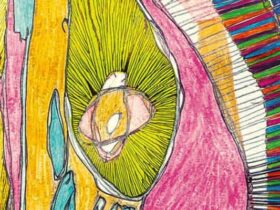

lascia una risposta